Photography is a beautiful culmination of art and technology. The term ‘photography’ originated from the Greek words meaning ‘drawings with light’. Photography was invented around the 1800s following the evolution of the earliest known concept of the camera called the camera obscura. Although cameras existed even before the introduction of photography, they could not permanently fix an image. Instead, they projected the images onto another surface and manually traced them for later observation. Practically this means, there were only realistic paintings until the discovery of photography. However, the dawn of the 18th century led to several technological advancements that drastically altered the course of photography. In this article, we trace the milestones of photography to understand the evolution of photographic technologies throughout history till the present day.
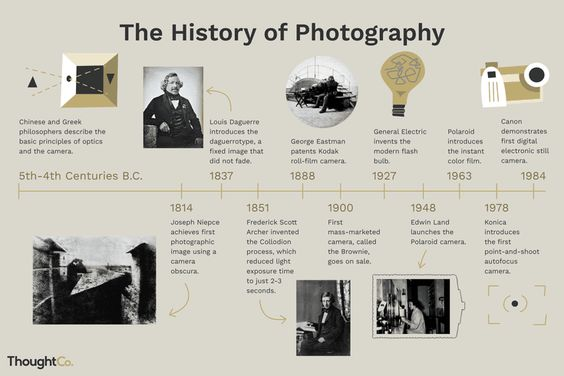
Foundations of Photography
Camera Obscura
Camera obscura is a forerunner to the present-day camera and played a vital role in the development of photography. This concept resembled a camera and was discovered around the 4th century BCE.
A camera obscura is a dark room that consists of a small hole on one of its walls. When the outdoor environment is well-illuminated, the light enters the darkroom through the hole and projects an inverted image of the outside world on its wall. Towards the 16th century, the camera obscura was technically improved, leading to the invention of a portable camera obscura in the 17th century as tents and hand-held boxes.
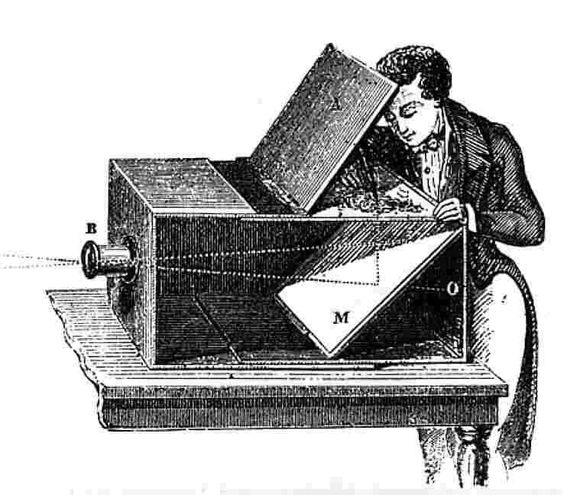
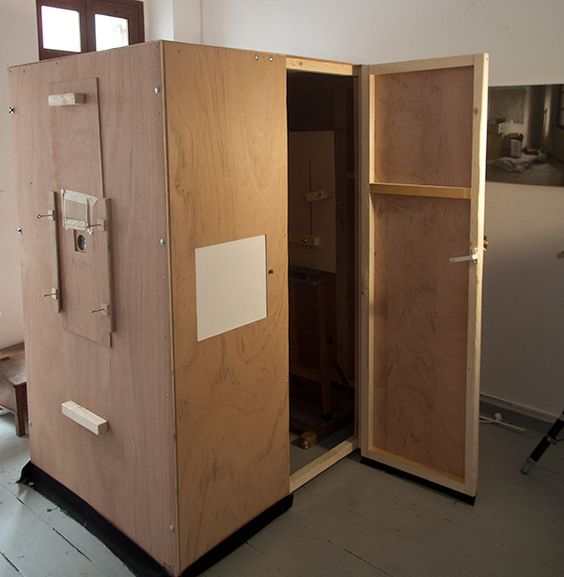
Light Sensitive Materials
Photography emerged when scientists were experimenting with optics and chemistry. Hence this gave rise to the knowledge of the existence of light-sensitive materials. Those substances or solutions that darken when exposed to light are termed light-sensitive materials. For example, in 1717, Johann Heinrich Schulze discovered that a solution of silver nitrate turns dark under illumination. However, he could not fix the image permanently.
Evolution of Photographic Technologies
Milestone 1: Invention of the First Permanent Photograph – Joseph Nicéphore Niépce
The French inventor, Joseph Nicéphore Niépce, invented the first permanent photograph in 1826. It was a breakthrough in the history of photography. As a result, he is credited with being the world’s foremost photographer who invented photography.
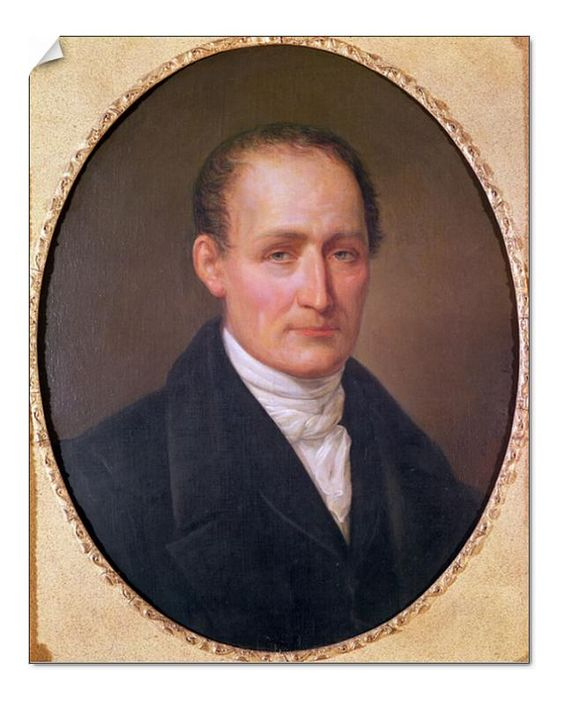
Niepce used a camera obscura to capture an image and projected it onto a polished pewter sheet. Before use, he coated the pewter plate with a light-sensitive material and dried it.
He exposed the camera for a long time to photograph the light-sensitive material to harden. However, the areas unexposed to light were not set and were removed with the help of solvents, forming a positive image. However, the plate had to be lit to facilitate viewing. In 1829, Niepce partnered with another artist, Louis Daguerre, to improvise the photography process. Following Niepce’s death in 1833, Louis Daguerre continued his photographic process.
The 1st Photographer – Joseph Nicéphore Niépce
Milestone 2: Daguerreotype Process- Louis Daguerre
The Daguerreotype – Photographic Processes Series – Chapter 2 of 12
Daguerre projected the image onto a mirror-like silver-surfaced plate coated with silver iodide. Once he exposed the camera to light, it produced a latent image on the plate with a shorter exposure time. Later, he used mercury fumes to develop this latent image into a complete picture. Additionally, he used a definite hot solution of common salt to remove the remaining silver iodide and fixed the image. This process is known as the Daguerreotype, which remained the most common commercial process until the 1850s.
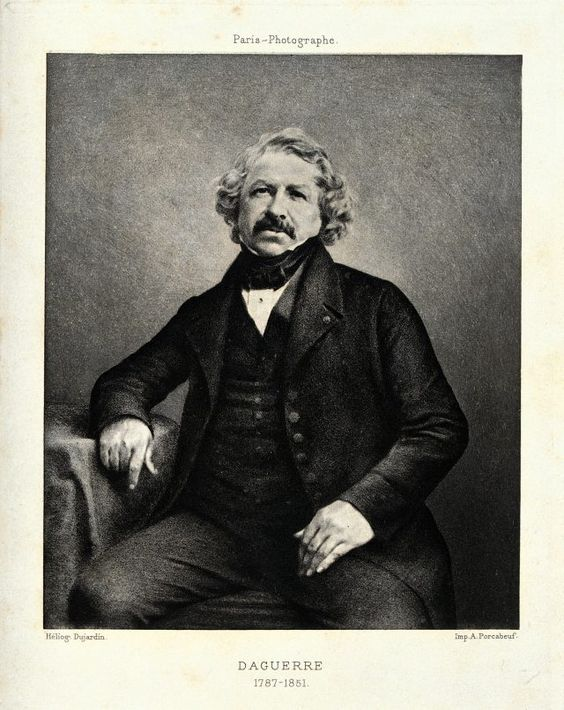
The first self-portrait daguerreotype
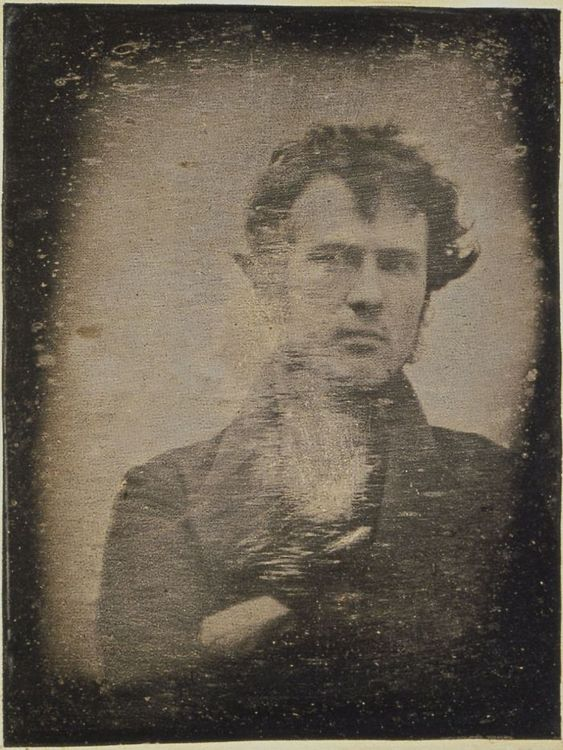
Milestone 3: Calotype process – Henry Fox Talbot
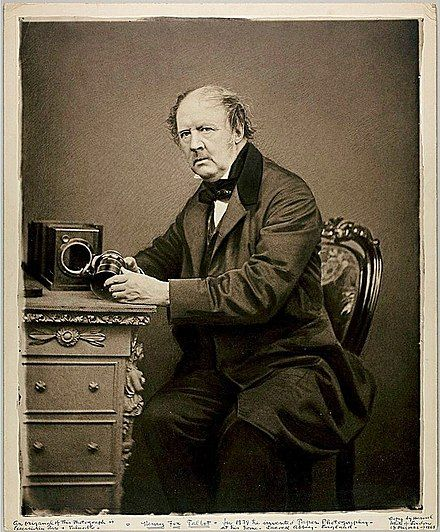
According to the calotype process, the silver-iodide-coated paper camera was exposed to light and developed into a negative image. Then, this negative image was used to produce several positive images through contact printing. Like Daguerre’s process, Talbot reduced the exposure time using chemicals to develop a complete picture from the latent image.
An example of a calotype image
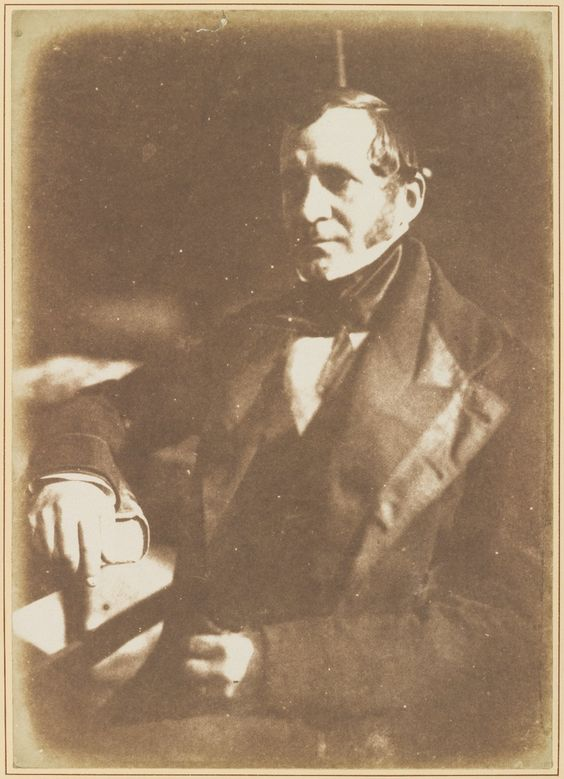
Talbot’s Processes – Photographic Processes Series – Chapter 3 of 12
Milestone 4: Collodion Process- Frederick Scott Archer
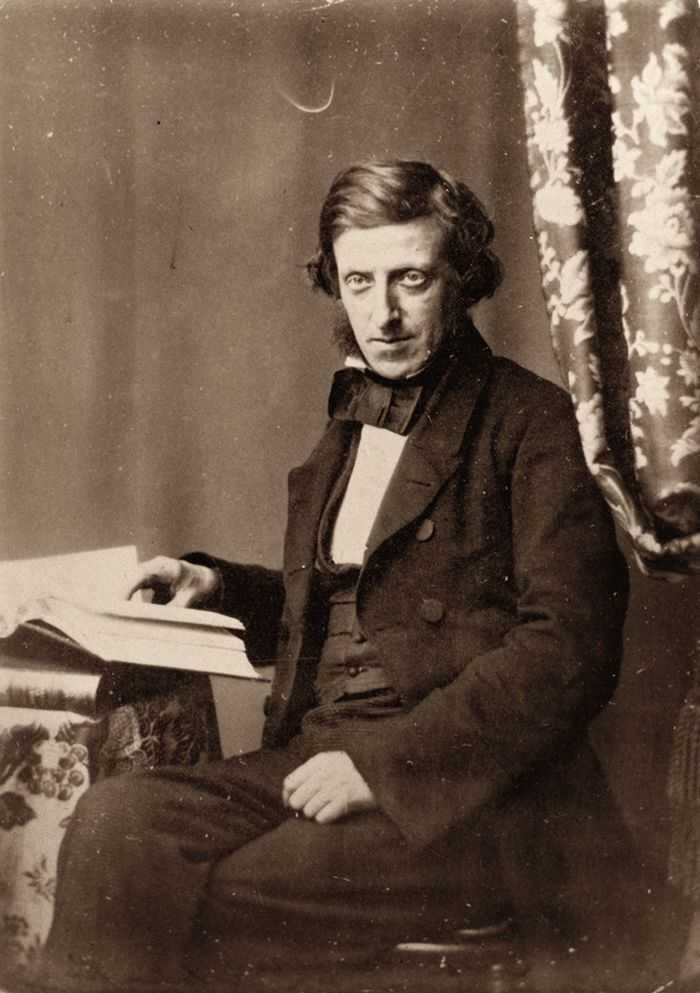
In 1851, English sculptor Frederick Scott Archer invented the collodion process with Gustave Lee Grey. In this process, glass plates were coated with a collodion solution and exposed as wet plates to create negatives. These negatives were then reproduced on photographic paper. It mainly requires a portable darkroom, a time-sensitive process, to carry over. However, it remained one of the most prevalent photographic methods until the 1880s due to its reduced exposure time.
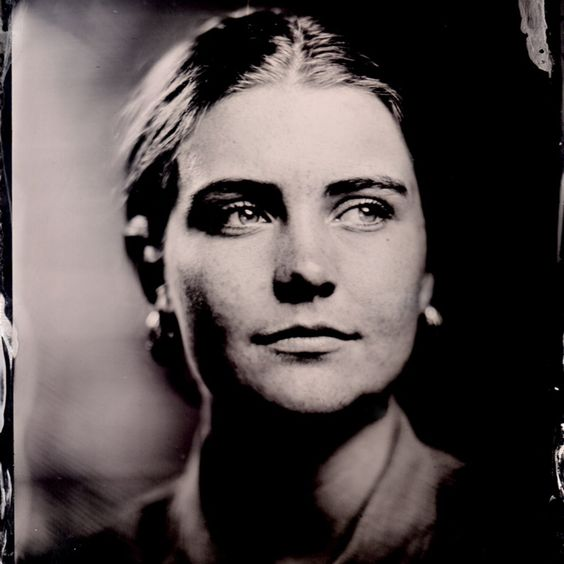
Milestone 5: Dry Plates technology – Richard Maddox
Dry plate technology is another breakthrough invention that replaced hazardous wet plates in the 1870s. Additionally, the ability to store dry plates until use and the flexibility over the development of negatives were highly advantageous. Since the dry gelatin plates were almost equal to the wet plates in speed and quality, it paved the way for smaller hand-held cameras. Therefore, this period saw the development of the first camera with a mechanical shutter. This process stayed on for a while until the development of the film.
Milestone 6: The birth of Kodak and the invention of film – George Eastman
Before the 1880s, photography was confined only to professionals and the elite class. However, once George Eastman’s company, Kodak, kickstarted in the 1880s, it made photography a commoner’s art. Eastman developed a flexible film which eventually led to the invention of the first film camera. This camera was the most affordable and consisted of a single film capable of photographing 100 photos before replacement. Additionally, it had a single shutter speed and a fixed lens. However, the cost of the film was high, and its size was greater than 35 mm film.
George Eastman “The Wizard of Photography” Documentary (Part 1/3)
How did Kodak change photography?
Photography boomed as art in the early 20th century due to the contributions from Kodak as listed below:
- Kodak invented and produced films in rolls and sheets to cater to the needs of beginners, enthusiasts, and professional photographers. This took the camera to both the upper-middle class and the middle class, thereby making photography accessible to everyone.
- In the 20th century, Kodak introduced the Retina series 35mm camera, which became the most popular photography format. Even today, it continues to resurface owing to the specific viewpoint it shows. In 1925, there was a need to create a compact 35 mm camera. As a result, a Leica design was produced, which became the top choice of camera.
Milestone 7: Color Photography
People experimented with daguerreotypes and tintypes in techniques of color photography. However, the colors were added by hand in this process. In 1907, the process was replaced with the autochrome process invented by Auguste and Louis Lumière, which required the photos to be viewed with a black light. Later in 1935, Kodak shifted its focus to producing color film, which further developed and made affordable. As a result, color photography dominated the scene in the 1970s. However, the industry strived hard to increase the pace of designing and printing films. Additionally, the founder of Polaroid, Edwin Land, introduced the first instant camera in 1947. However, the birth of digital photography put an end to the evolution of films in photography.
Milestone 8: Digital Photography
Steven Sasson, who joined Kodak in 1973, invented the digital camera, which eventually led to digital photography. Digital cameras took over for the next 30 years and became a common household item. However, ultimately, the birth of camera phones mitigated the popularity of digital cameras.
Milestone 9: Camera Phones
Sharp produced the first camera phone, J-SH04, in the year 2000. It came with 0.11 megapixels and a feature to share photos electronically. At the same time, Samsung also released its camera phone. However, it had to be connected to the computer for retrieving the images. The iPhone 12 Pro Max was released with a resolution of 0.11 megapixels and contained:
- The main camera
- A telephoto lens
- An ultra-wide lens
- A LiDAR scanner for night portraits
The world’s first underwater photograph taken in 1899
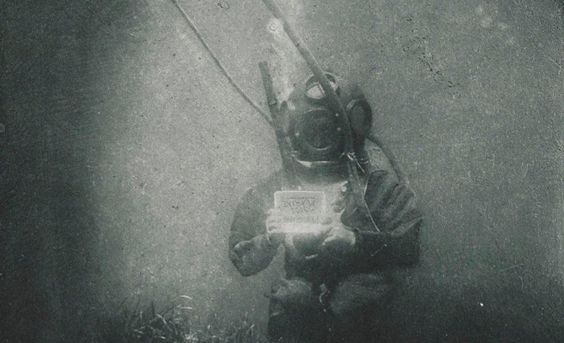
The world’s first photograph of a tornado
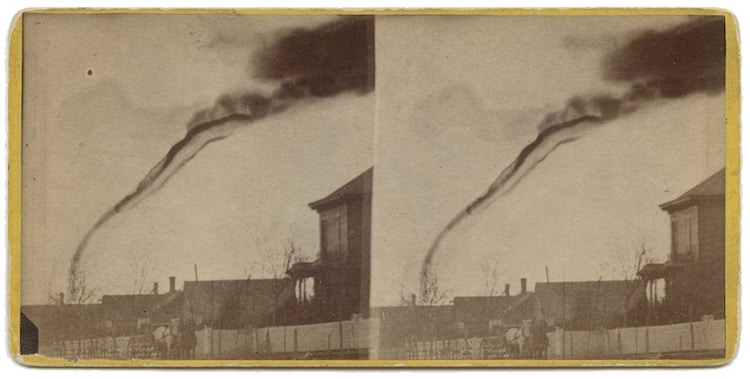
The first aerial shot
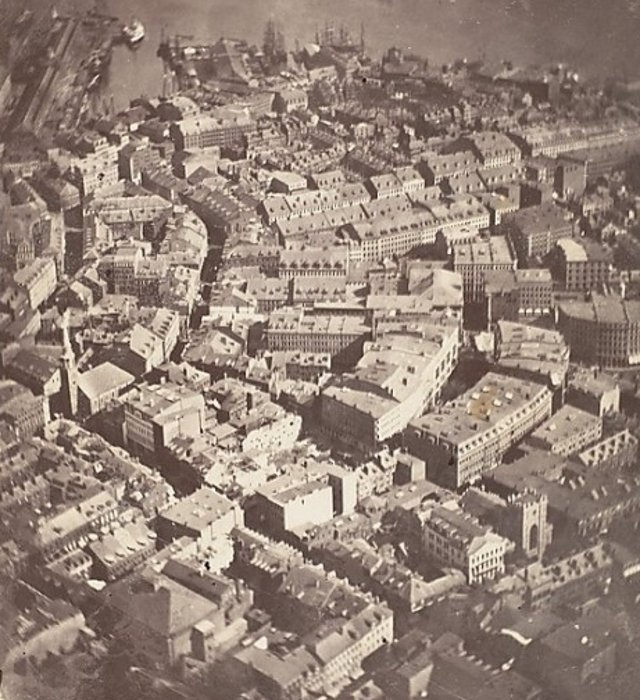
The oldest color photograph

The first digital image
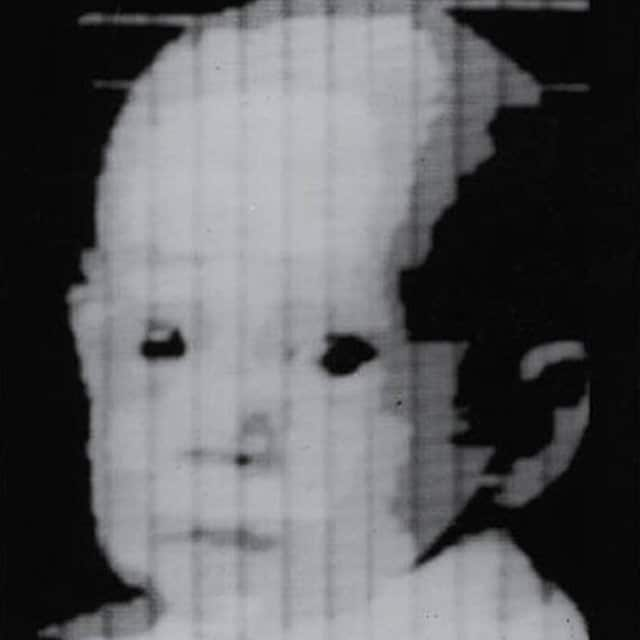
The first digital photo of a President

Videos
Quick Glance at the history of Photography
Conclusion
Photography has grown tremendously in 300 years. Yet, no matter how improvisations and sophistication have increased manifold, the popularity of vintage-style cameras and polaroid cameras still lingers.














